“I remember my parents taking me to the beach,” says photographer Asako Narahashi. “The coastline of Japan is very long and complex. There are beaches and mountains. They all have their unique expressions.”
In her latest book, Ever After – a continuation of her 2008 masterpiece half awake and half asleep in the water – Narahashi shows the geography of Japan from a dreamy, desolate and disconnected perspective. Floating off the coastline, Narahashi lifts her camera just above the water, and makes a photograph. The images that appear are split, at times almost completely in half, with the lower frame practically submerged, while the peak of Mt.Fuji or another far-off landmark rises just above the glistening ripple of a breaking wave.
“When I started this project, I wanted to see and depict Japan as an island,” she said, admitting that at first, she didn’t have any strong attachment to the places she was photographing from afar. But after the 2011 earthquake, tsunami and ensuing nuclear disaster in Fukushima, people began to see an eerie tension and trepidation in her waterlogged imagery.
“That was really shocking to me, so I stayed away from taking photos in Japan for a while,” she said. “I didn’t want to take pictures of the water anymore.” She traveled to the Netherlands instead and made images on dry land that continued her photographic exploration of disconnected landscapes, but did not return to the water until friends encouraged her to visit Nojiri Lake, near Nagano, Japan. “It was a challenge getting back to this work,” she said, “but visiting this lake was something of a rehabilitation for me, and allowed me [to find] a way back into photographing in Japan again”
Her photographs, which she had called “happy coincidences,” became reminders of the darker, more ominous side of the natural world, and our helplessness in the face of destruction. That sense of resignation is as calming as it is unsettling in Ever After, as Narahashi’s floating photographs feel listless, but not carefree – certainly not the sort of photos one would take on a leisurely day at the beach. The distance she creates between herself, the camera and the landscapes is powerfully serene and dreadfully solitary.
While not all of the images in Narahashi’s book are underwater, she still manages to creates a distinct sense of separation that makes the viewer acutely aware of just how little we know about the landscapes that surround us. “After the disaster, those words ‘ever after’ were always with me. I found myself repeating them, like the end of a fairy tale,” she said. “The work is more complex now.”
Asako Narahashi is a photographer based in Japan. Her book Ever After is published by Osiris
Krystal Grow is a contributor to TIME LightBox. Follow her on Twitter and Instgram @kgreyscale
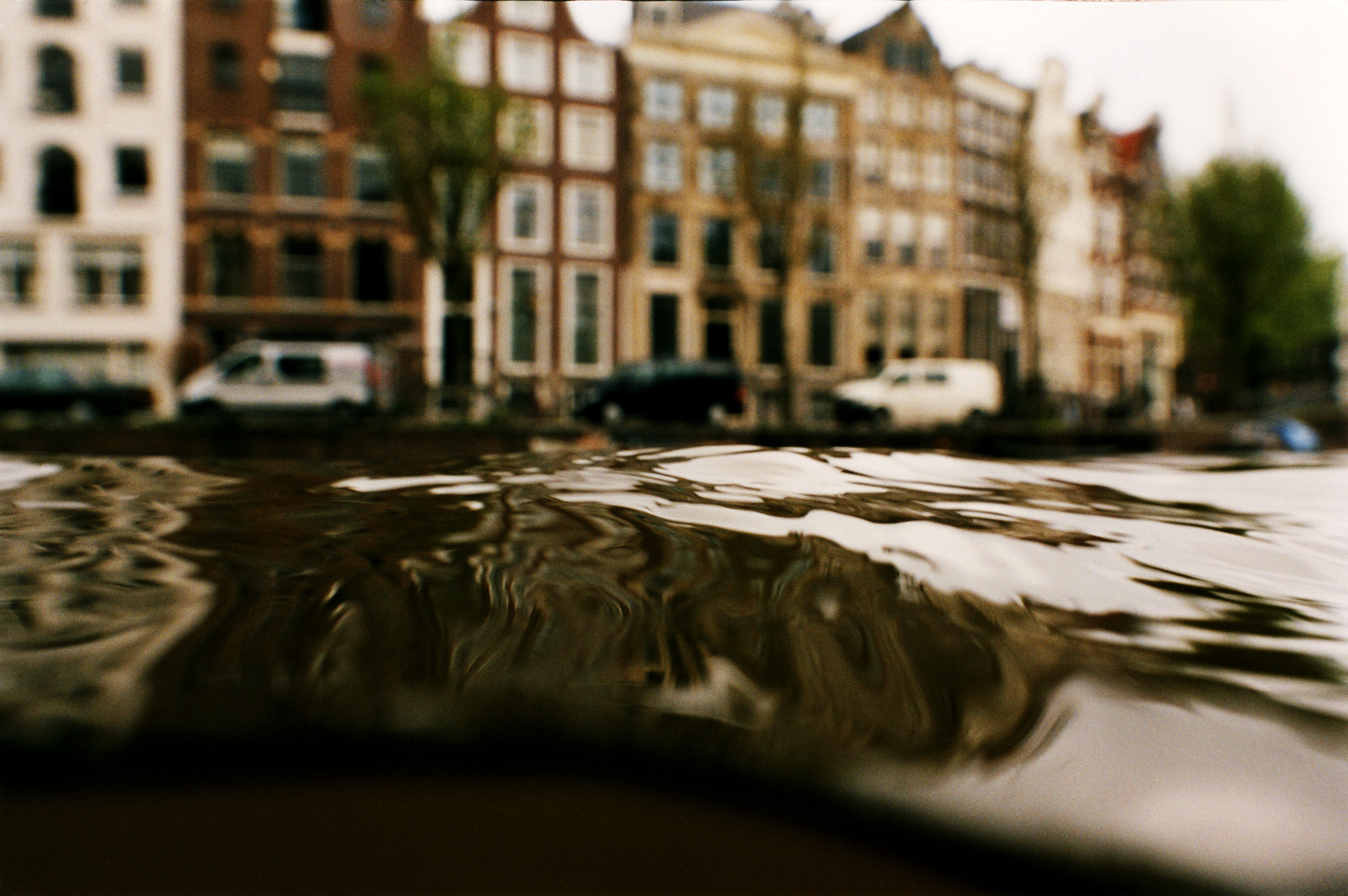
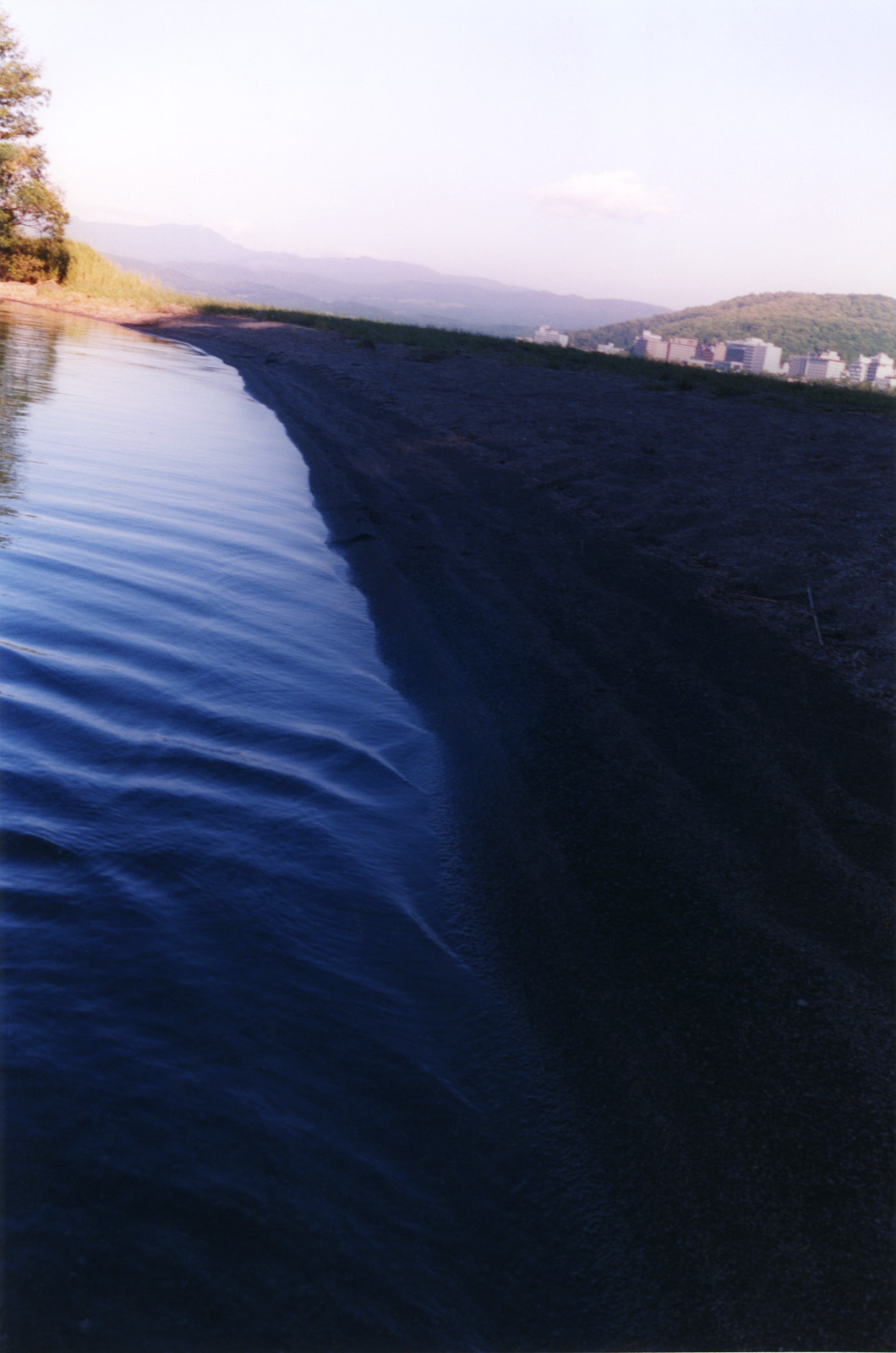
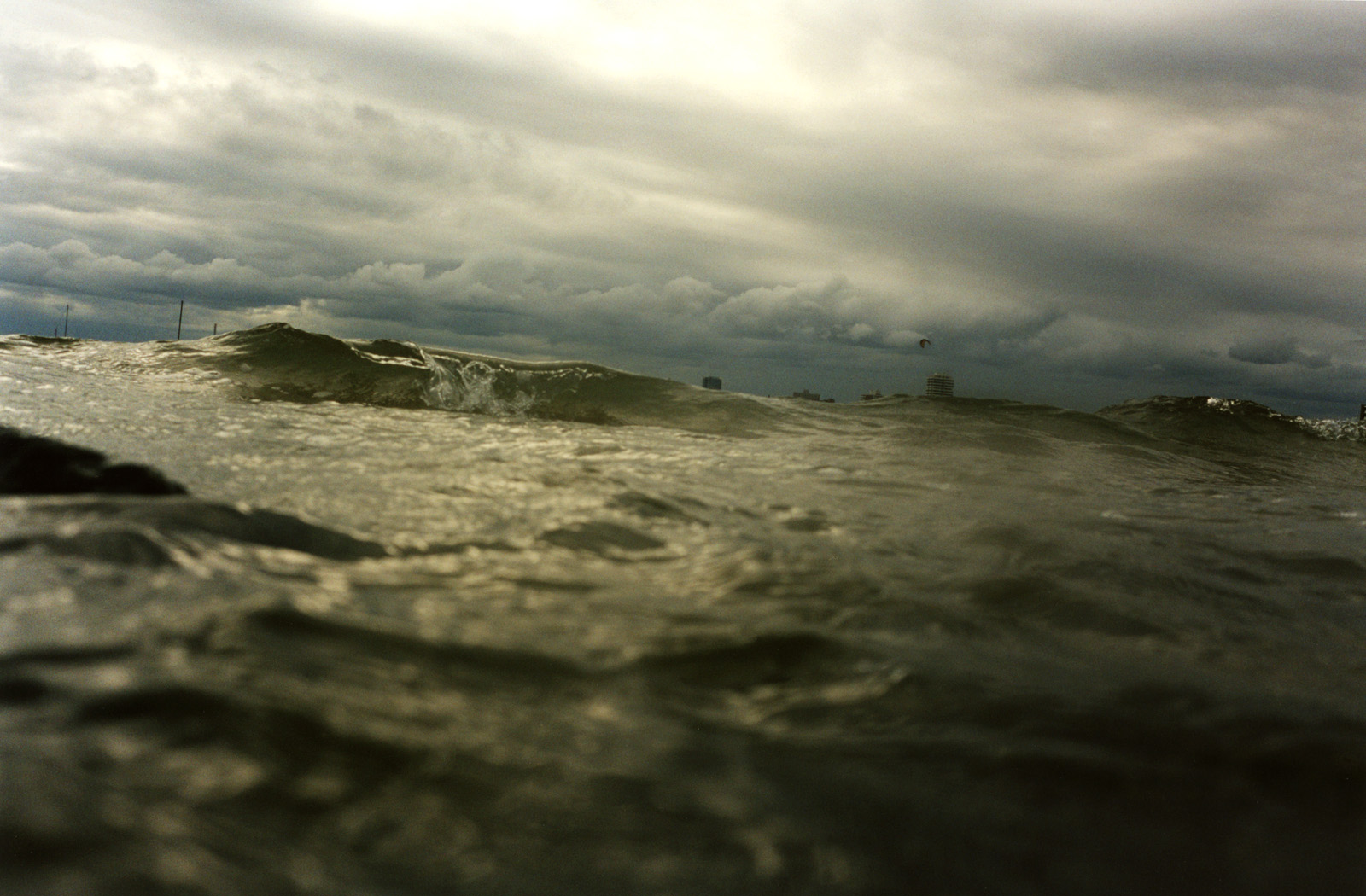

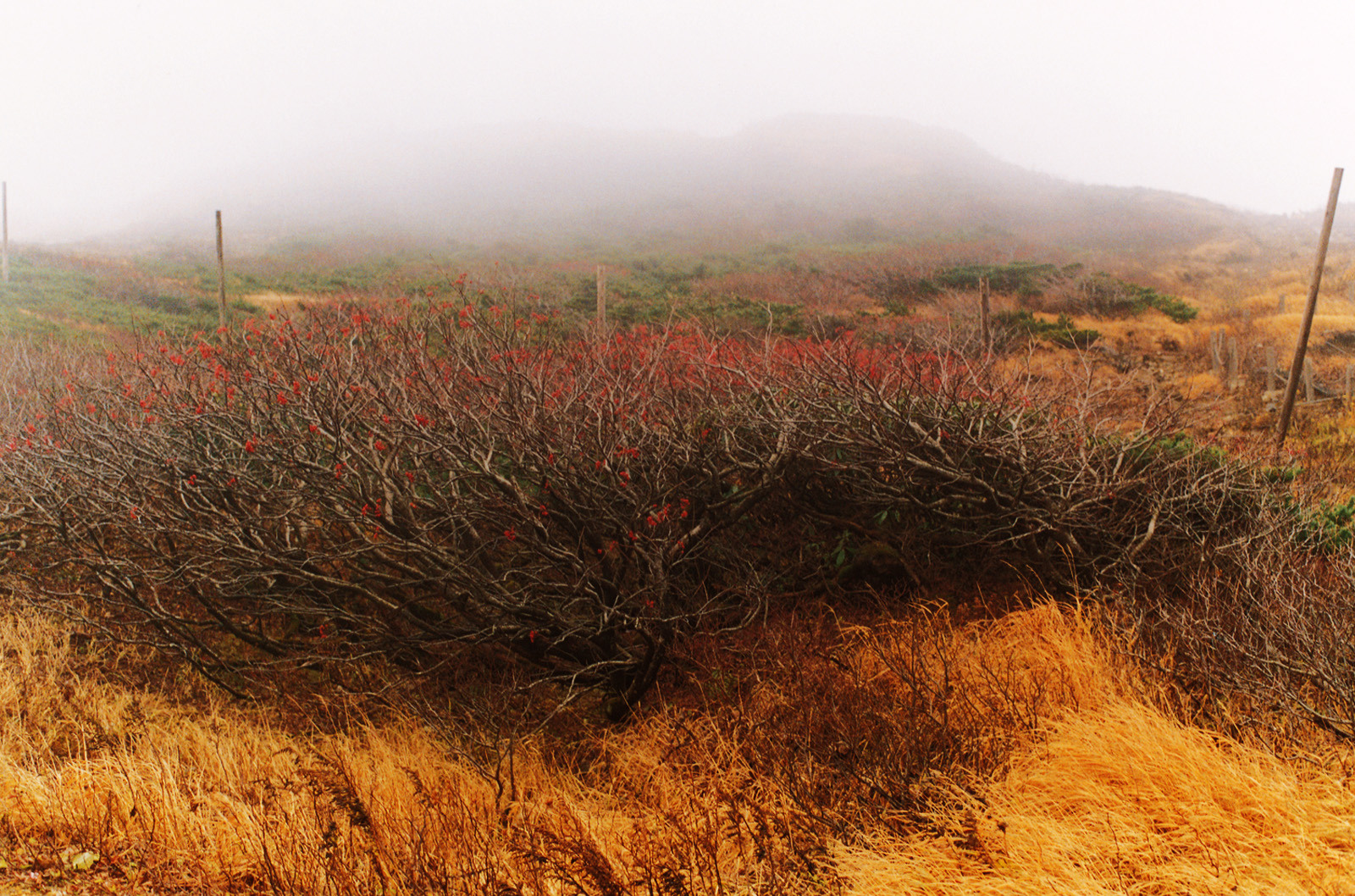
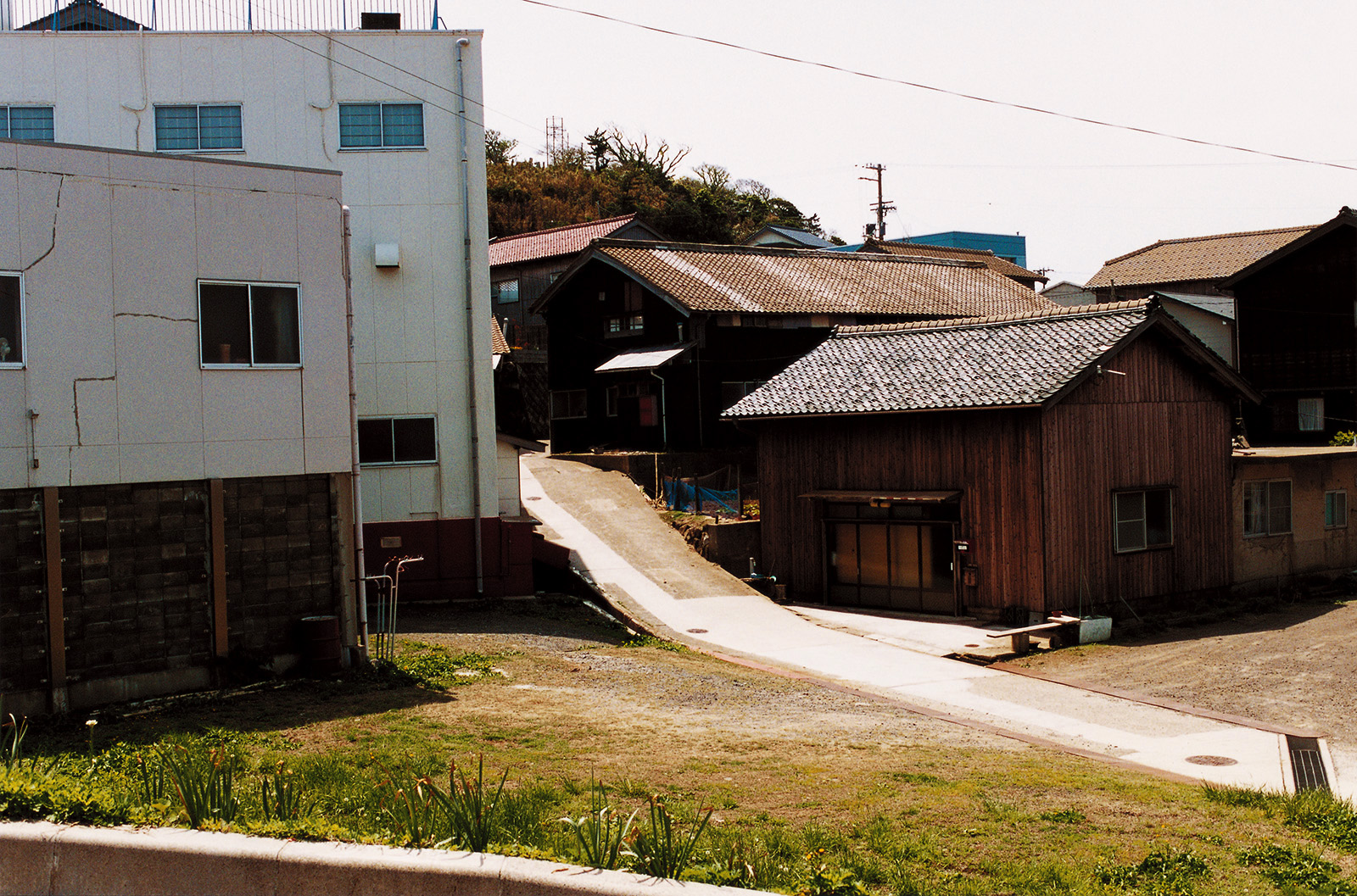

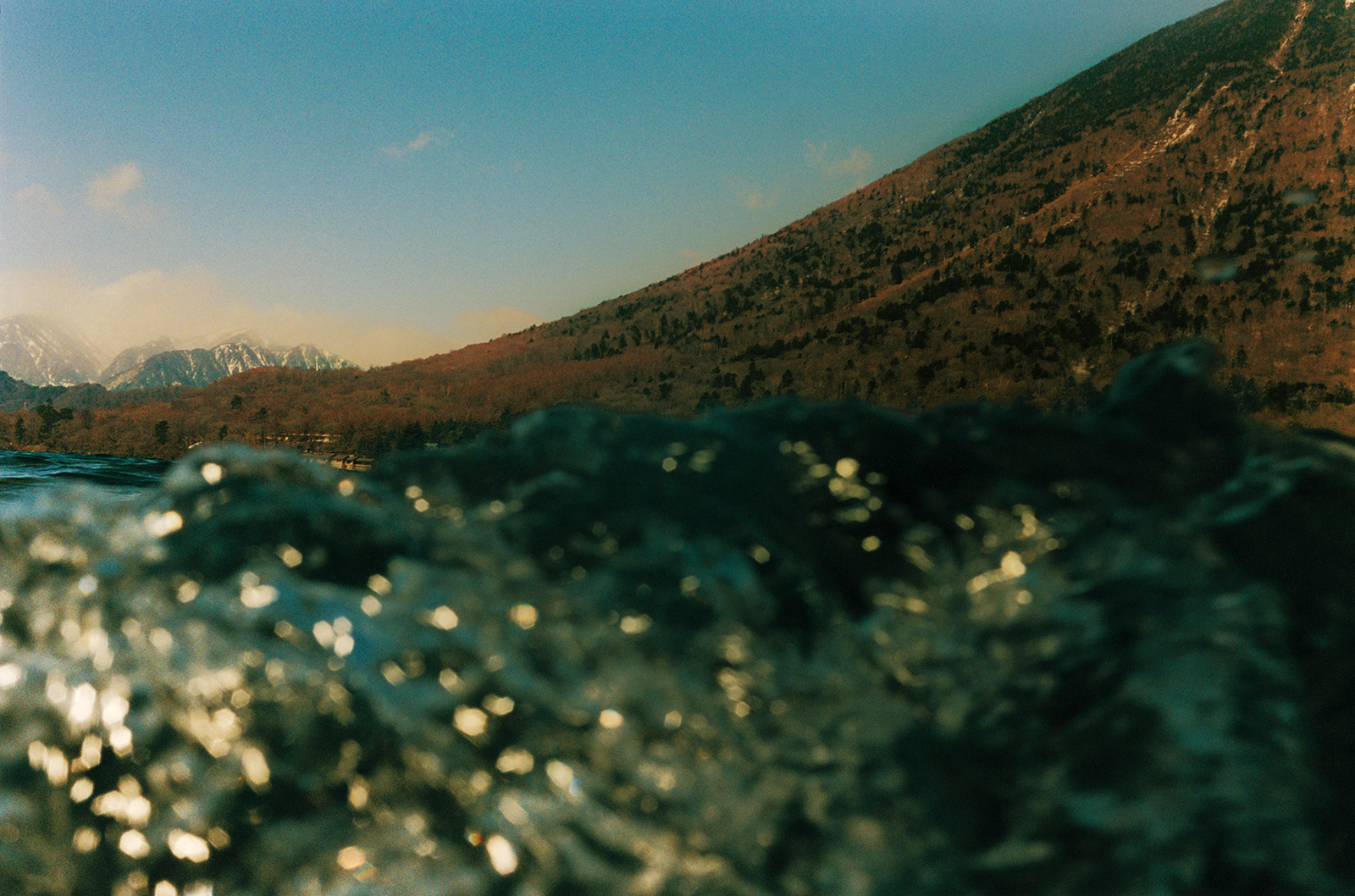

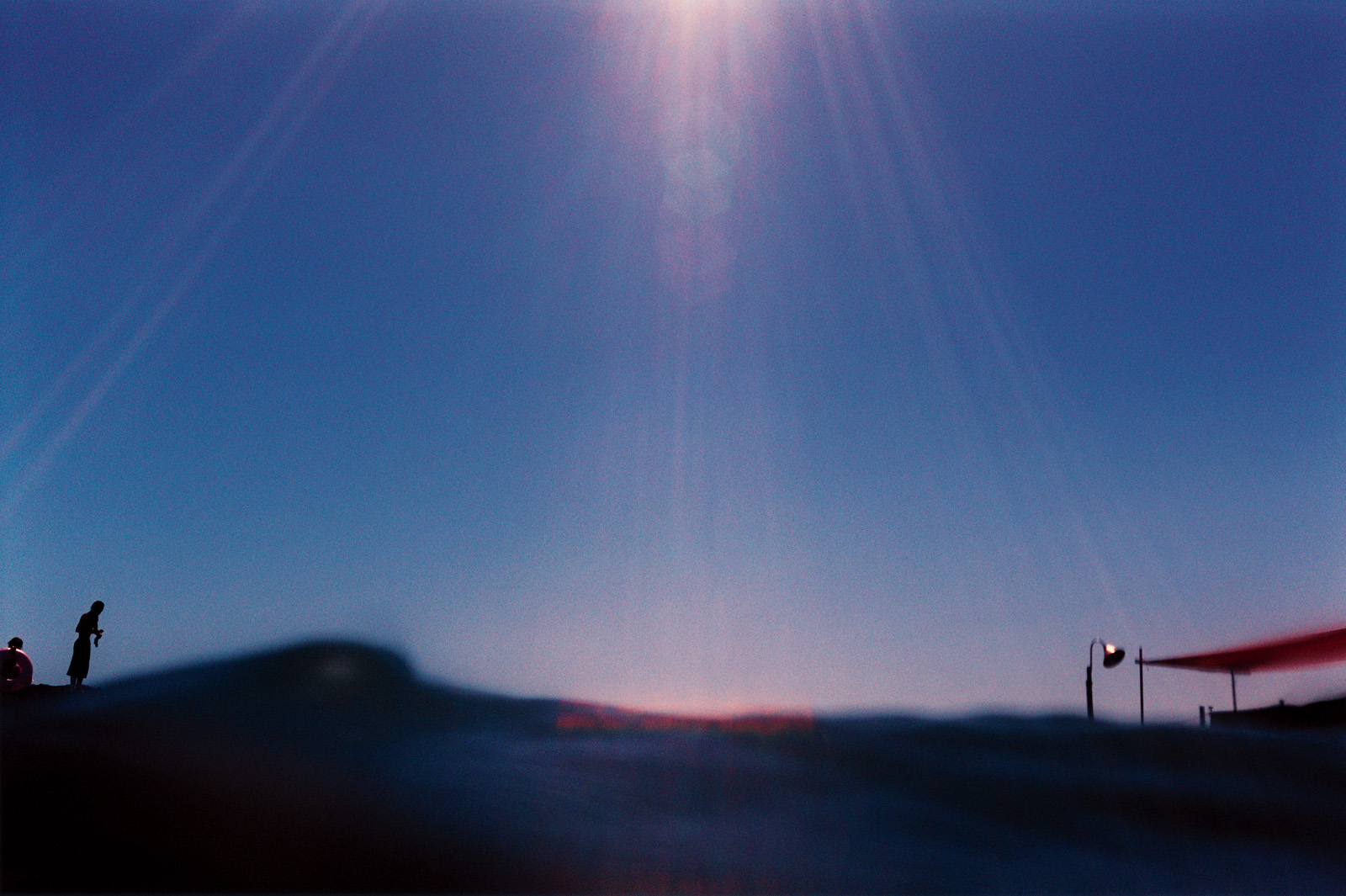

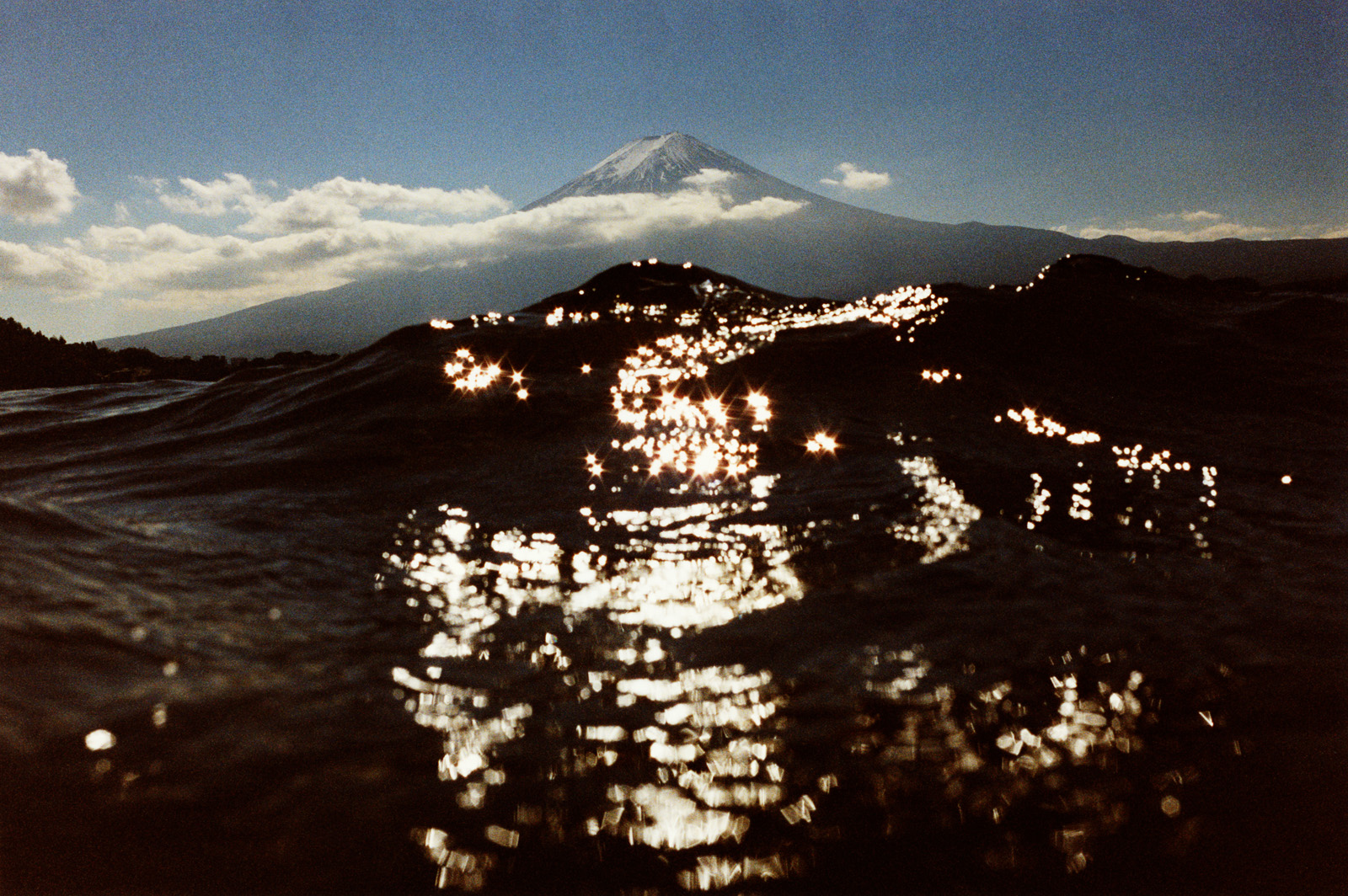



More Must-Reads from TIME
- Breaking Down the 2024 Election Calendar
- How Nayib Bukele’s ‘Iron Fist’ Has Transformed El Salvador
- What if Ultra-Processed Foods Aren’t as Bad as You Think?
- How Ukraine Beat Russia in the Battle of the Black Sea
- Long COVID Looks Different in Kids
- How Project 2025 Would Jeopardize Americans’ Health
- What a $129 Frying Pan Says About America’s Eating Habits
- The 32 Most Anticipated Books of Fall 2024
Contact us at letters@time.com